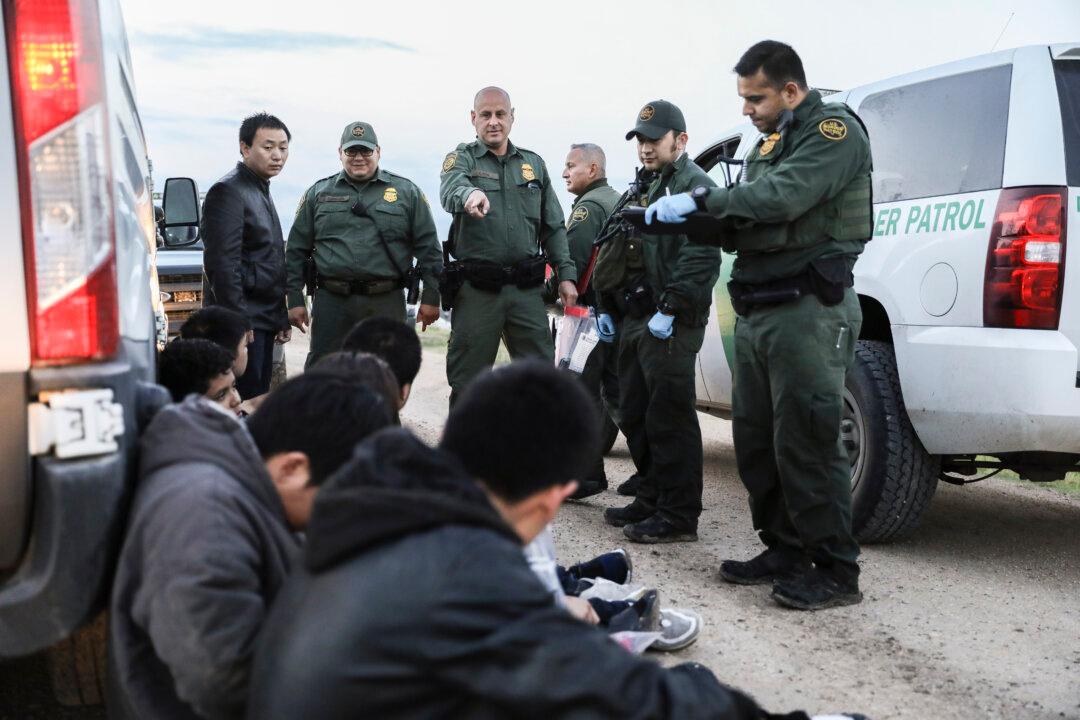WASHINGTON—The number of migrants encountered by U.S. authorities at the southern border has dropped below 100,000 for the first time in five months amid increased collaboration with Mexico and Guatemala to crack down on the flow, according to government data released on Thursday, Aug. 8.
In July, there were 82,049 people encountered by U.S. Customs and Border Protection (CBP), down 21 percent from June when there were 104,344 people and down 43 percent from May. The number of family units and unaccompanied minors crossing the border also dropped.





